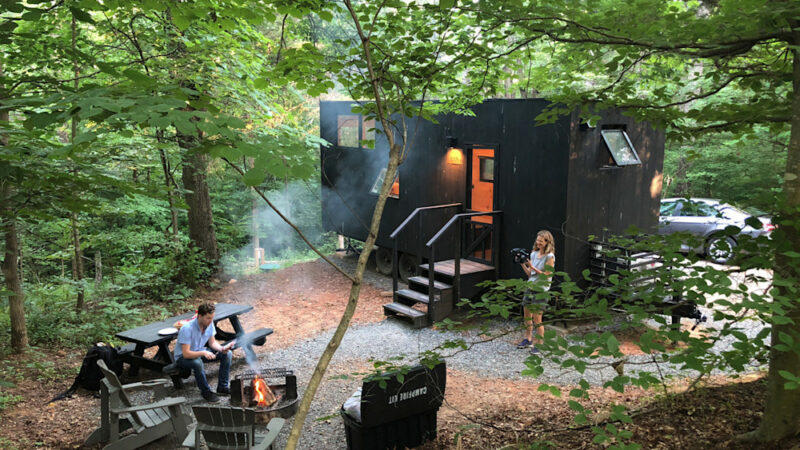All You Need to Know About Outdoor Saunas—and Then Some

Outdoor Sauna FAQs
How do I Buy and Install a Sauna?
There are two options for purchasing your own home or backyard sauna: prefab saunas (professionally designed, precisely cut, and partially assembled upon delivery) or a custom-made sauna. While a custom sauna provides much more freedom for fitting a sauna into your space, thanks to modern day designs, a prefab sauna kit can be relatively easy to install.
Whether it’s an indoor sauna or an outdoor sauna, the primary factors to consider before buying is how much usable space is available, the flooring or foundation, and electricity. Indoor saunas need a good waterproof floor or foundation, and enough space for the sauna itself, as well as room for a tempered glass door or wooden door to swing open. For an electric stove, it’s essential to make sure that the sauna has adequate and safe electric hookups.
Before buying an outdoor sauna kit, check with your local legislation to make sure you’re aware of regulations, building codes, or permits that might be required. Without the concern of making it fit into an indoor space, the top priority for installing a freestanding outdoor sauna is finding a safe and reliable source of power for the electric stove and lighting. No matter what you decide to buy, always check in with the manufacturer for a comprehensive plan and installation information.
What’s the History of Saunas?
Saunas originated in European countries with colder climates some 2,000 years ago — the traditional Finnish saunas preceded the Estonian, Russian, and Latvian sweat baths, and is the style of sauna that is still the most popular today.
Primitive and functional, they were built into a mound of earth and heated by a fireplace with sauna stones to throw water over. Over the years, the technology changed and designs evolved (you can even get your hands on a gondola converted into a sauna), but the traditional Finnish sauna remained as a way of life and ritual in Nordic and Scandinavian culture. Today, saunas are still considered a regular part of everyday life that improves wellbeing, promotes relaxation, and offers a communal space to gather and simply be. In public, sauna etiquette usually means being respectful of other bathers’ peace and quiet, always sitting on a clean towel, and of course, giving a nod or grunt if you fancy pouring more hot water over the sauna stone.
Source: https://www.fieldmag.com/articles/outdoor-sauna-guide







